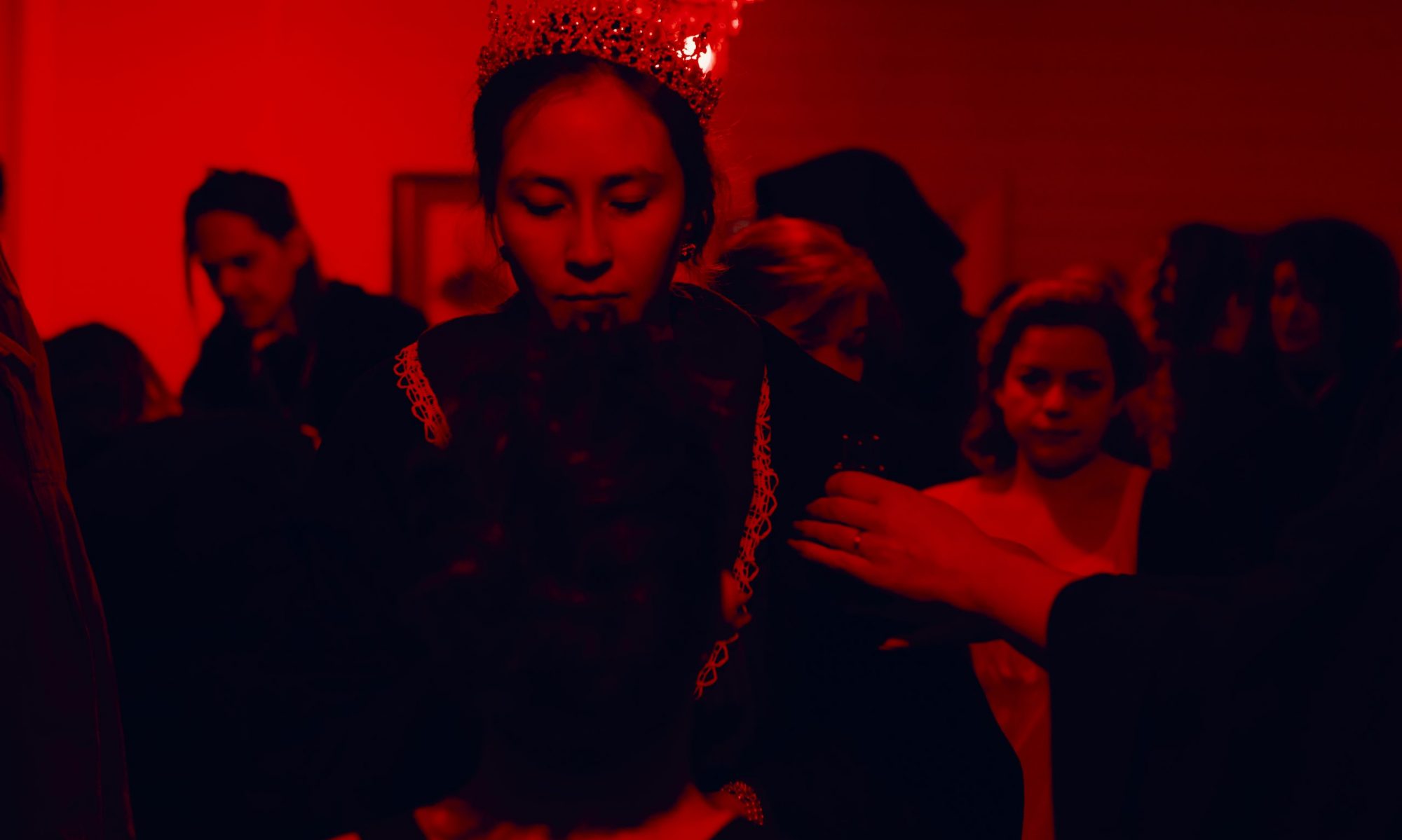The dramatic changes unfolding in Russia are accompanied by a period of economic growth and a flourishing of culture. Visual, literary and performing arts have achieved creative brilliance.
The art of 1913 pushes the boundaries of what is accepted as the norm or the status quo. Realistic portrayal of life doesn’t satisfy artists any longer. Search for new forms of artistic expression produces an artistic revolution every few years.
Symbolism! Modernism! Neo-Primitivism! Impressionism! Cubism! Fauvism! Cubo-Futurism! Acmeism! Zaum!
To make an impact, an artist must be experimental, radical, and unorthodox with respect to art, culture, and society.
The spirit of fin de siècle, turn of the century, is still strong. Artists are enthralled about the closing of one era and the onset of another: a period of degeneracy but at the same time a period of hope for a new beginning.
They celebrate ennui, cynicism, pessimism, and a widespread belief that civilization leads to decadence.
Poetry speaks of femmes fatales and fleshly indulgence; painting depicts twilights and satanic beasts; dance expresses the nervous tension and febrile energy of the Silver Age.
The Stray Dog Café is the best known art salon in St Petersburg, a meeting place for writers, poets, dancers, and other artists who gather to discuss theories of literature, give poetry readings, and perform theatre. They consider themselves “stray dogs” shunted aside by proper aristocratic society. And indeed, the place has been shut down by the authorities several times.
Points of Discussion
- What’s your character’s view on censorship?
- Should artists be granted more freedom than average people when it comes to expressing their radical and revolutionary ideas?
- Should an artist serve their country or the other way round?
- Should Russian art be part of the European art movement or should it develop something completely original?
- Is art dangerous? Should it be?
